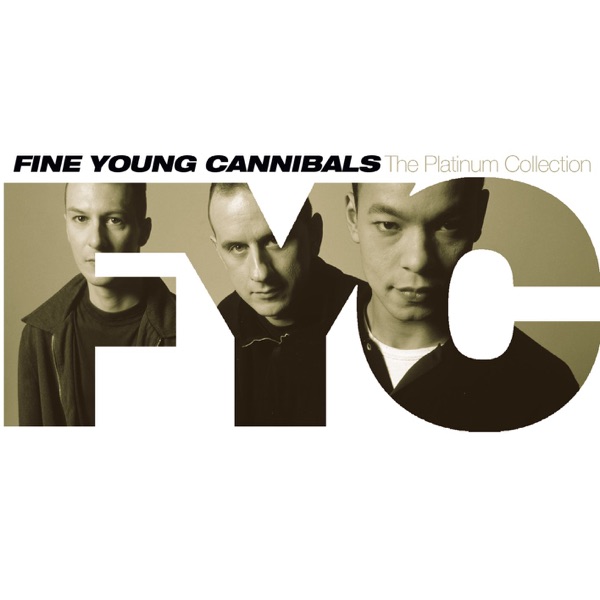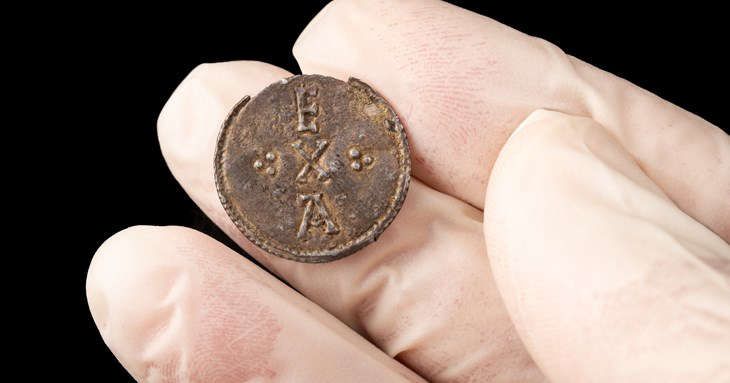
Exeter City Council’s Royal Albert Memorial Museum & Art Gallery (RAMM) has acquired an Anglo-Saxon silver penny; an incredibly important object which marks the beginning of modern Exeter. The rare coin is the earliest known use of the name 'Exeter'
The penny was made in Exeter around 895-899 (over 1,100 years ago) on the orders of King Alfred the Great. It is the earliest and rarest coin minted in Exeter. Only three examples are known and the other two are in the British Museum.
The coin had been in the Dr Irving Schneider Collection in America since 1989, but the collection came up for auction in Zurich in May, giving RAMM the opportunity to acquire this hugely important piece of Exeter’s history.
This silver coin is the earliest object to bear the name Exeter and was made on the orders of King Alfred the Great. On one side it proclaims AELFRED REX SAXONUM (Alfred King of the Saxons) and on the other EXA (Exeter). It marks the point where Alfred identified Exeter, alongside Winchester, as the headquarters from which to strengthen his rule as king.
Alfred’s confidence in Exeter was a turning point in the city’s fortunes after being virtually abandoned since Roman times. The city walls were repaired and new street grid, different from the Roman one, was laid out. The city evidently grew rapidly. By the year 1000 it was about the sixth most prosperous city in Britain.
RAMM’s Assistant Curator Tom Cadbury said: "This little coin is an incredibly important piece of Exeter's history. It was made 1,130 years ago making it the earliest known use of the name 'Exeter'. Only 3 of these coins have ever been found and the museum has been aware of this one's existence since 1868. It's incredible that it's finally coming home."
Exeter City Council lead for Arts, Culture and Tourism, Councillor Bob Foale said: "We’re delighted that this coin, evidence of Exeter’s important role in the history of the nation, has been acquired for the city. It is fascinating to compare the Exeter of Alfred the Great to the thriving and bustling city it has become today. We are grateful to the donors who supported the museum in this acquisition, and look forward to having the coin on display in the near future."
Few coins are as rare as this, with only three examples known. This coin and one of the British Museum’s examples were found, near Preston, in the Cuerdale Viking Silver Hoard in 1840. Since then, only one further example has been found – in a hoard of 883 Anglo-Saxon pennies discovered in 1958 at Morley St Peter, Norfolk.
One of the Cuerdale pennies and the Morley St Peters penny are in the British Museum. This coin, the second Cuerdale hoard penny, was recorded by Topsham numismatist Richard Sainthill in 1844. From there, it has belonged to a number of prominent coin collectors including Hyman Montagu and Sir John Evans. It last came up for sale in 1989, when the previous owner acquired it.
The Dr Irving Schneider collection is now up for sale and the Alfred penny was in the first of three auctions. The quality of the coins on offer meant that the auction had interest from collectors all around the world.
The auction was held in Zurich by Numismatica Ars Classica, with David Guest Numismatics. RAMM was supported in its acquisition by the Reynolds Chard Trust (a trust set up specifically to acquire Exeter silver), the Friends of RAMM and the CJ Cadbury Charitable Trust.

 Award Winning Author Leads Writers’ Workshop at Sidmouth College
Award Winning Author Leads Writers’ Workshop at Sidmouth College
 Police Statement – Incident Near Cranbrook Railway
Police Statement – Incident Near Cranbrook Railway
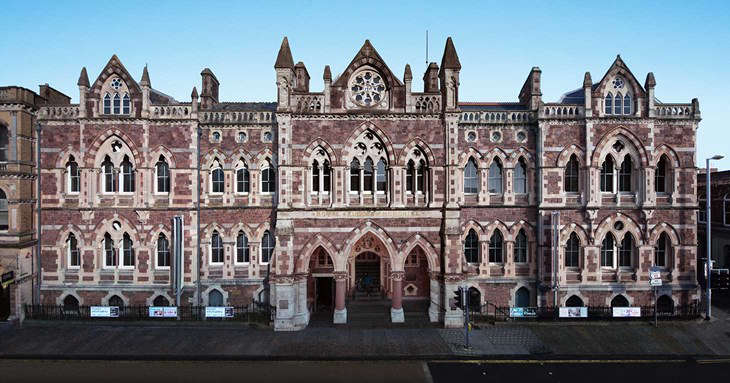 Exeter’s Museum awarded crucial funding
Exeter’s Museum awarded crucial funding
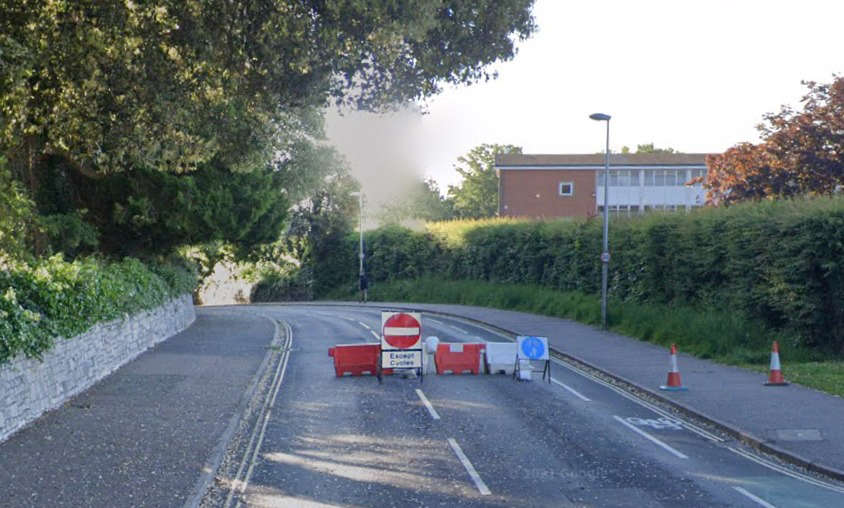 Consultation on the future of the Dryden Road scheme to be held in the New Year
Consultation on the future of the Dryden Road scheme to be held in the New Year
 Police appeal for information following a fatal collision in Marsh Barton
Police appeal for information following a fatal collision in Marsh Barton
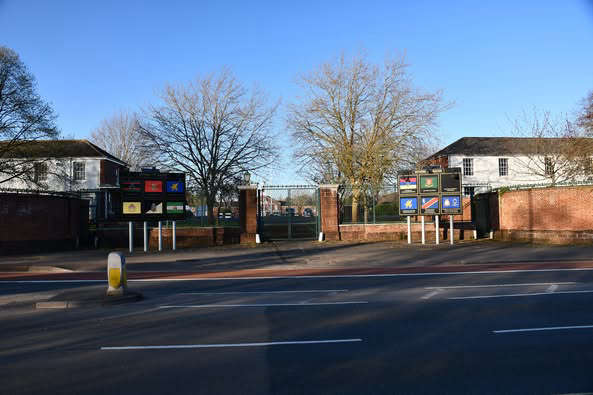 Air Cadets embark on a new fundraising project for Poppy Appeal
Air Cadets embark on a new fundraising project for Poppy Appeal
 Chance to comment on land disposal at Grace Road
Chance to comment on land disposal at Grace Road
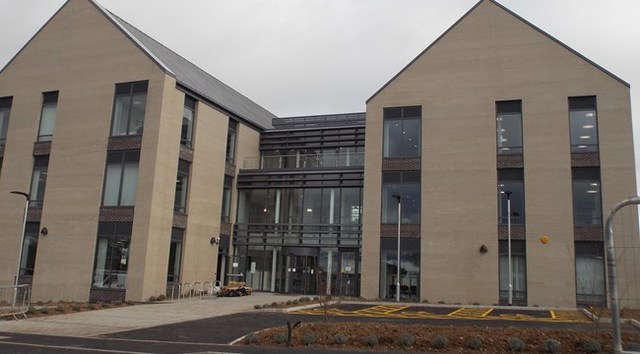 Devon council’s revamped grant scheme expecting high demand
Devon council’s revamped grant scheme expecting high demand

